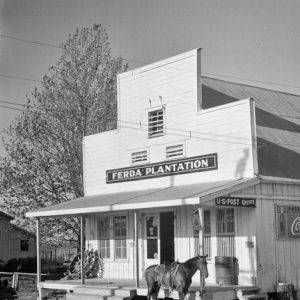 Plum Bayou Project Buildings
Plum Bayou Project Buildings
Entry Category: Land and Resources
 Plum Bayou Project Buildings
Plum Bayou Project Buildings
Plum Bayou Project
Plum Point Energy Station
 Plum Point Energy Station
Plum Point Energy Station
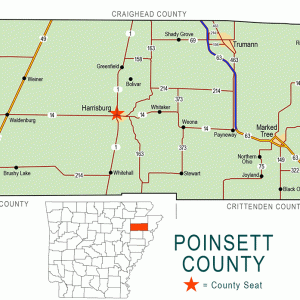 Poinsett County Map
Poinsett County Map
 Poison Springs State Forest Sand Barren & Oak-Pine Forest Preserve
Poison Springs State Forest Sand Barren & Oak-Pine Forest Preserve
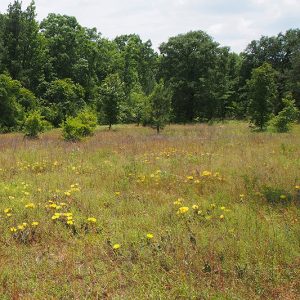 Poison Springs State Forest Sand Barren & Oak-Pine Forest Preserve
Poison Springs State Forest Sand Barren & Oak-Pine Forest Preserve
 Polk County Map
Polk County Map
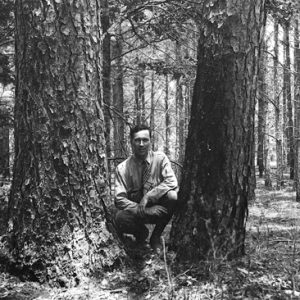 Les Pomeroy
Les Pomeroy
Pomeroy, Leslie Klett (Les)
Ponca Elk Education Center
Pond Creek National Wildlife Refuge
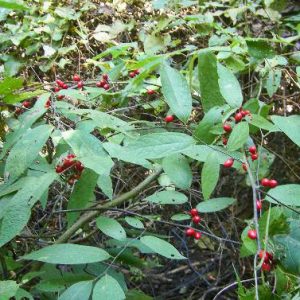 Pondberry
Pondberry
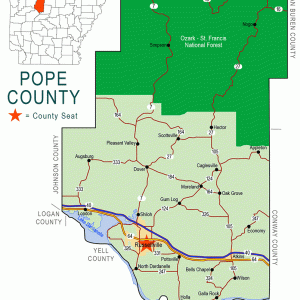 Pope County Map
Pope County Map
 Population Change 2020
Population Change 2020
 Portia Lumber Company
Portia Lumber Company
Poteau River
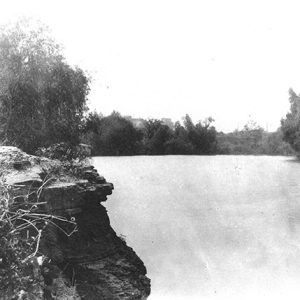 Poteau River
Poteau River
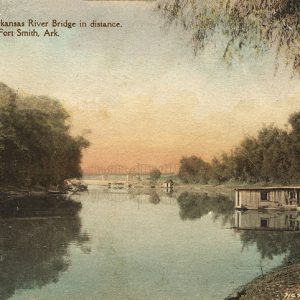 Poteau River at Fort Smith
Poteau River at Fort Smith
Potlatch Cook’s Lake Nature Center
Poultry Industry
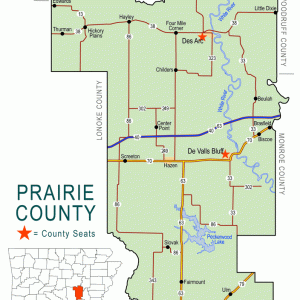 Prairie County Map
Prairie County Map
 Protective Gazebo
Protective Gazebo
Proud Spirit Horse Sanctuary
 David Pryor and Miss Fluffy Rice Contestants
David Pryor and Miss Fluffy Rice Contestants
Public Land Surveys
 Pulaski County Map
Pulaski County Map
 Quapaw Treaty of 1824
Quapaw Treaty of 1824
Quartz Mining
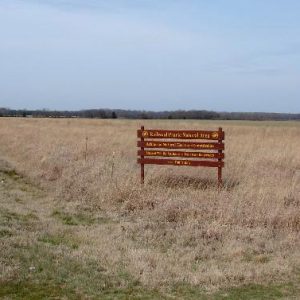 Railroad Prairie Natural Area
Railroad Prairie Natural Area
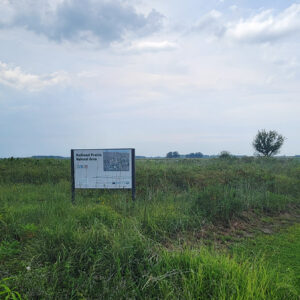 Railroad Prairie Natural Area
Railroad Prairie Natural Area
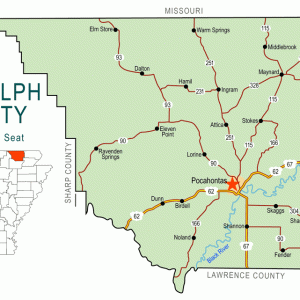 Randolph County Map
Randolph County Map
 Rattlesnake Ridge Natural Area
Rattlesnake Ridge Natural Area
 Ravenden Springs
Ravenden Springs
 Ravenden Springs Cotton
Ravenden Springs Cotton
Ray, Mary Lee McCrary
 Red Cross HQ
Red Cross HQ
Red River
Red-cockaded Woodpeckers
aka: Picoides borealis
 Redfield Flood
Redfield Flood
Reed, Pearlie Sylvester
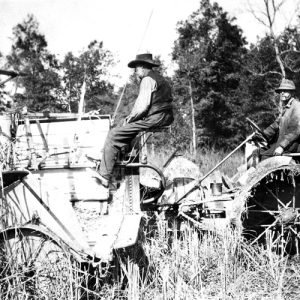 Rice Harvesting
Rice Harvesting
 Rice Harvesting
Rice Harvesting
Rice Industry
 Rice Plantation Pump
Rice Plantation Pump
 Rice Seed Loading
Rice Seed Loading
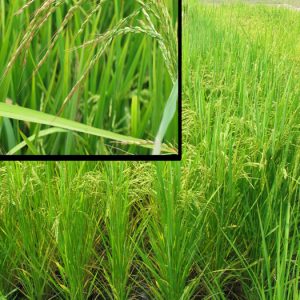 Rice, Official State Grain
Rice, Official State Grain
 Riceland Foods Facility, Jonesboro
Riceland Foods Facility, Jonesboro
 Riceland Foods Facility
Riceland Foods Facility




